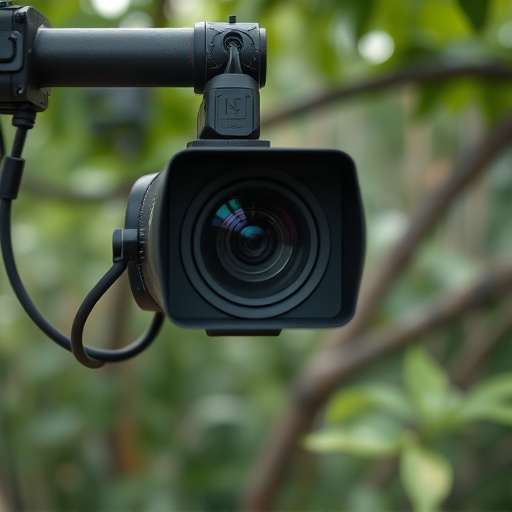Wireless hidden cameras for apartments offer a modern security solution for landlords and tenants, enhancing safety with discreet placement and optimal signal strength while prioritizing privacy through encryption, access controls, and resident education, adhering to legal guidelines for surveillance in residential settings.
“In today’s digital age, maintaining security in apartments has become paramount. This article delves into the world of wireless hidden cameras for apartments, exploring best practices for installation. We discuss discreet techniques to ensure these cameras blend seamlessly into your space while offering peace of mind.
Additionally, we cover post-installation privacy and security measures, emphasizing responsible usage. By understanding wireless hidden cameras, you can create a safer living environment without compromising comfort.”
- Understanding Wireless Hidden Cameras for Apartments
- Best Practices for Discreet Installation Techniques
- Ensuring Privacy and Security Measures Post-Installation
Understanding Wireless Hidden Cameras for Apartments
Wireless hidden cameras for apartments offer a discreet and modern surveillance solution, appealing to landlords and tenants seeking enhanced security. These devices eliminate the need for complex wiring, making them an attractive option for multi-dwelling units. However, understanding their capabilities and limitations is essential for effective implementation.
Landlords can leverage wireless hidden cameras to monitor common areas, ensuring safety and preventing property damage. Tenants may appreciate the added peace of mind, knowing their personal spaces are protected. When installing these cameras, it’s crucial to consider factors like signal strength, battery life, and privacy concerns. Proper placement ensures optimal coverage while adhering to legal guidelines regarding surveillance in residential settings.
Best Practices for Discreet Installation Techniques
When deploying a covert camera network, especially in residential settings like apartments, discretion is key. The best practice lies in utilizing wireless hidden cameras that seamlessly blend into the environment. These cameras should be strategically placed to capture necessary footage without raising suspicion among residents or visitors. For instance, installing them inside common areas such as hallways, lobbies, or even within decorative objects like plants or picture frames can help maintain a natural appearance while enhancing security.
Ensure the wireless hidden cameras are properly secured and powered by reliable sources to avoid frequent replacements or maintenance interruptions. Additionally, consider using infrared technology for night vision capabilities, ensuring 24/7 surveillance without compromising privacy. Regularly updating software and firmware is also crucial to protect against potential vulnerabilities, especially with wireless connections. This proactive approach not only enhances the effectiveness of the camera network but also safeguards sensitive data transmission.
Ensuring Privacy and Security Measures Post-Installation
After installing a covert camera network, especially in apartment buildings, it’s paramount to implement robust privacy and security measures. This involves configuring access controls to ensure only authorized personnel can view or manage footage. Encryption protocols should be employed for all data transmission and storage to safeguard against unauthorized access. Additionally, regular system audits and updates are crucial to patch any vulnerabilities that may arise over time.
For wireless hidden cameras in apartments, it’s essential to maintain a secure network infrastructure. This includes using strong, unique passwords for each camera and router, enabling firewall protections, and disabling remote access if not required. Furthermore, educating residents about the system’s presence and purpose can foster trust while emphasizing strict adherence to data privacy standards.
When employing wireless hidden cameras for apartments, adhering to best practices ensures effective surveillance while respecting tenant privacy. Discreet installation techniques, as outlined in this article, empower property managers to maintain security without causing distress. Post-installation, fortifying privacy and security measures safeguards everyone’s peace of mind. By balancing these factors, you can create a safe living environment that respects individual freedoms.
